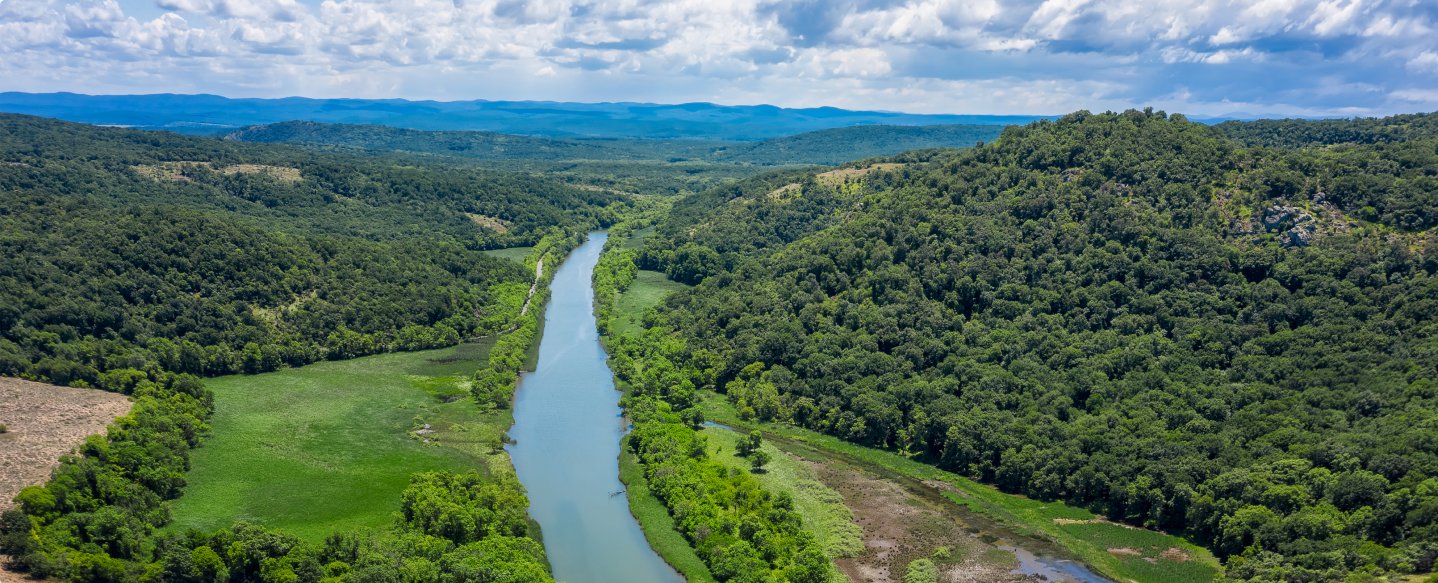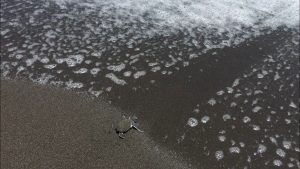This article explores the benefits of marine biology internships and features examples of GVI's marine conservation programs. Learn more!
Petrina Darrah
Posted: May 15, 2025

Zaytoen Domingo
Posted: May 12, 2020
Jalova is uniquely placed within Tortuguero National Park, Costa Rica, the second largest Green Turtle nesting site in the world! Every year come July, the Greens begin emerging from the sea to nest on the black sand beaches we are lucky to have at our doorstep. But it’s not as cut and dry as that, these girls are quirky, they have character and no two are alike. This is what makes turtle nesting season at Jalova so exciting! These girls nest in 8 stages, however each individual throws her own style into them as she goes.
Stage 1 – Emerging from the sea
In a normal world, this would simply involve coming out of the ocean, and for the majority of Green ladies, that’s how this rolls. However for those few who refuse to be mainstream, they emerge onto a log, a cliff or in some cases, onto each other. This deters some, sending them back into the sea to try again but for others, they’re determined and not even headbutting a fellow turtle is going to stop them from escaping those waves.
Stage 2 – Selecting a nest site
This stage is where some girls show their adventurous spirit. Most simply clamber up the beach to the vegetation line and start digging, while others decide that no piece of sand is good enough for their precious cargo! These girls can travel far if they put their mind to it, with some running in circles along the beach for over 200m before finally deciding on where to nest. And while this may not seem far to us humans, never forget that these girls are crawling laboriously on their stomachs to get there, so it is no easy task!
Stage 3 – Digging a body pit
In a perfect world, every Green turtle would wiggle their way into the sand quickly and efficiently, ready to dig their nest upon first choice. Unfortunately, all manner of things can get in the way, whether it’s a log or a stray coconut or simply not a good feeling. Typically, these girls keep their bodies still while moving all of their flippers to dig themselves into the perfect, comfortable spot but some can dig upwards of 3 body pits before finding the right spot! Some will even dig multiple holes before giving up all together and returning to the sea to give it a go somewhere else later (never fear, even if they leave one spot they will always return to the shore to lay!).
Stage 4 – Digging the egg chamber
Luckily for us, once the egg chamber is being dug that’s normally the green light to start getting things ready for the egg laying process! Only using their back flippers, scooping sand out one flipper at a time, this is a good sign that these girls have found their spot. However, unlike their Hawksbill and Leatherback cousins who rarely give in once they reach this stage, these Greens are fussy and it’s not uncommon to see multiple egg chambers dotted along the beach.
Stage 5 – Oviposition
It’s time! Those eggs are being laid! This is an exciting time for Jalova volunteers because it’s finally time for us to get involved. Counting those eggs and marking the location of the nest is what we do during this time and luckily for us, the turtles stay nice and still during this stage. Except for contractions that mean more eggs are coming! Fortunately, this is too important for our Green girls to give up halfway and once they’ve begun they don’t stop until they’re done!
Stage 6 – Covering the egg chamber
Now that the laying process is complete, protecting them is the most important thing! Lucky for us, these girls don’t move a lot during this stage – only their back flippers, so we can get measuring and get tagging to collect all of our data. 99% of Greens don’t leave at this stage, it’s too important, but you do get the odd lady who decides they’re done early and scampers off to the sea half way through. This leads us to measure her on the fly! Always an adventure which often involves going amongst the waves to make sure those measurements are just right!
Stage 7 – Camouflaging the nest
Now this is where our feisty girls truly shine! Making sure that nest is hidden is super important, you won’t want a mammal to come and predate it, so hiding it is key! What this means is that these Greens go nuts! Using all their flippers and all the energy they have left to throw sand everywhere they can and essentially make a big old mess! This is where agility is key for us humans, at this point we’re still taking measurements, so you have to make sure you jump out of the way of those flippers before she flaps! Otherwise it’s an eye full of sand or a slap in the arm for you, and these girls have been known to rip clothing!
Stage 8 – Returning to sea
The time has come, she’s done it! She’s laid her nest and off she goes. By this time, our Green ladies have used all of their energy and just want to make it back to sea. It’s the perfect time for us to relax, take in her beauty and watch that magical moment of a turtle returning to the big blue in the moonlight.
As you can see, these girls have character and it’s just part of the many reasons that make them so incredible. No two night walks are ever alike, so come join the adventure and see what quirky Green you’ll come across on the beaches of Jalova!

By Zaytoen Domingo
This article explores the benefits of marine biology internships and features examples of GVI's marine conservation programs. Learn more!
Petrina Darrah
Posted: May 15, 2025